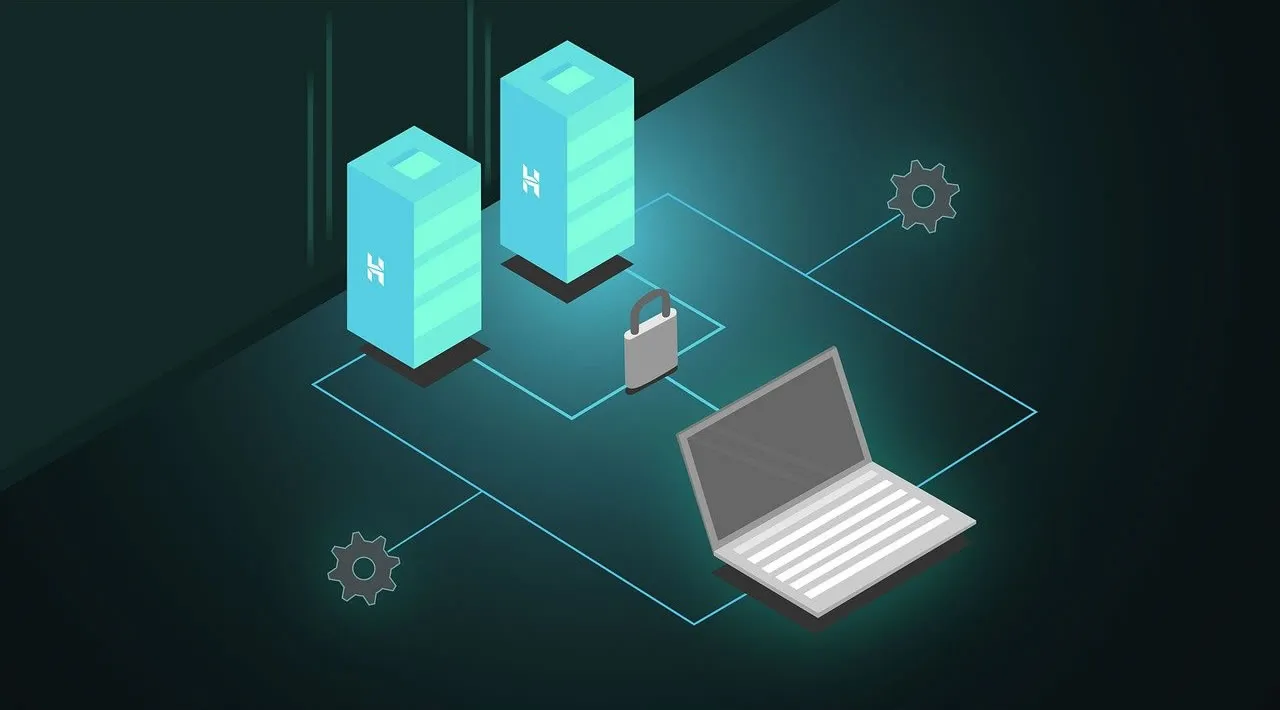In this article, we will discuss three separate methods of how to recover SQL Server FILESTREAM in a database in the case of severe database corruption.
Besides storing table-based data in SQL Server, you can also store Binary Large Object (BLOB) data as files using the SQL Server FILESTREAM feature. This feature allows the storing of the varbinary(max) objects onto the file system instead of placing them inside a database. However, you can create a database with a ‘FILESTREAM’ filegroup, allowing you to perform actions on the data stored in the file system using the database.
Sometimes, when saving files to a database using FILESTREAM in SQL Server, the files may turn corrupt. Also, modifying or deleting the files placed in the file system folder (as FILESTREAM data container) may result in consistency errors reported by DBCC CHECKDB. To fix the errors, you can try restoring the database to its original state. But if the backup is not available, repairing the FILESTREAM database using the DBCC CHECKDB command with the REPAIR_ALLOW_DATA_LOSSoption may help.
This article discusses the methods to perform SQL Server FILESTREAM database recovery. It also advises an alternate solution to restore the FILESTREAM database when the backup or restore process fails to fix the issue.
Methods To Recover FILESTREAM Database in SQL Server
Following are the methods you can use to recover the FILESTREAM database in SQL Server:
- Method 1: Restore Database From Backup
- Method 2: Run DBCC CHECKDB with
REPAIR_ALLOW_DATA_LOSS - Method 3: Use SQL Recovery Tool
#sql #sql-server #database
